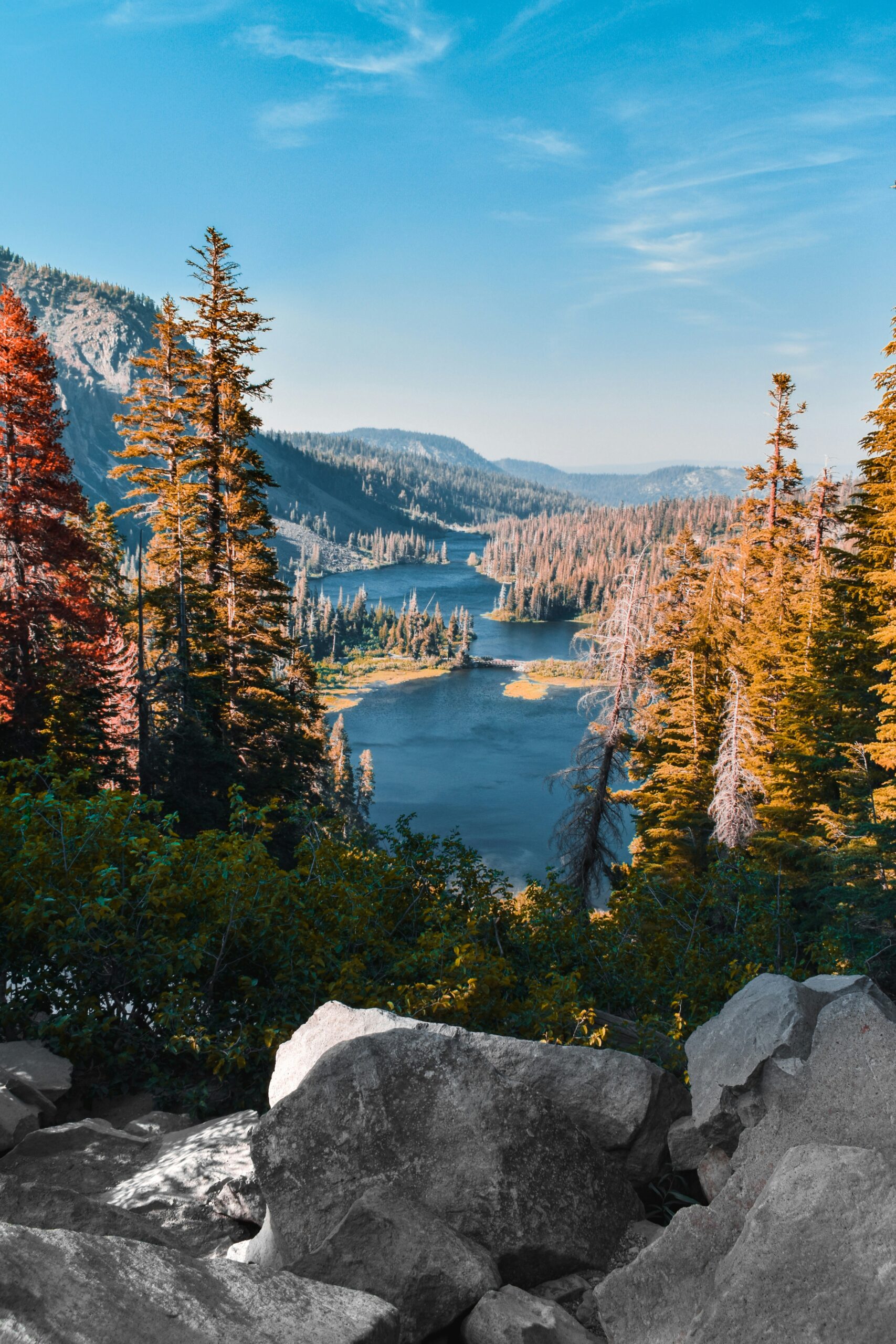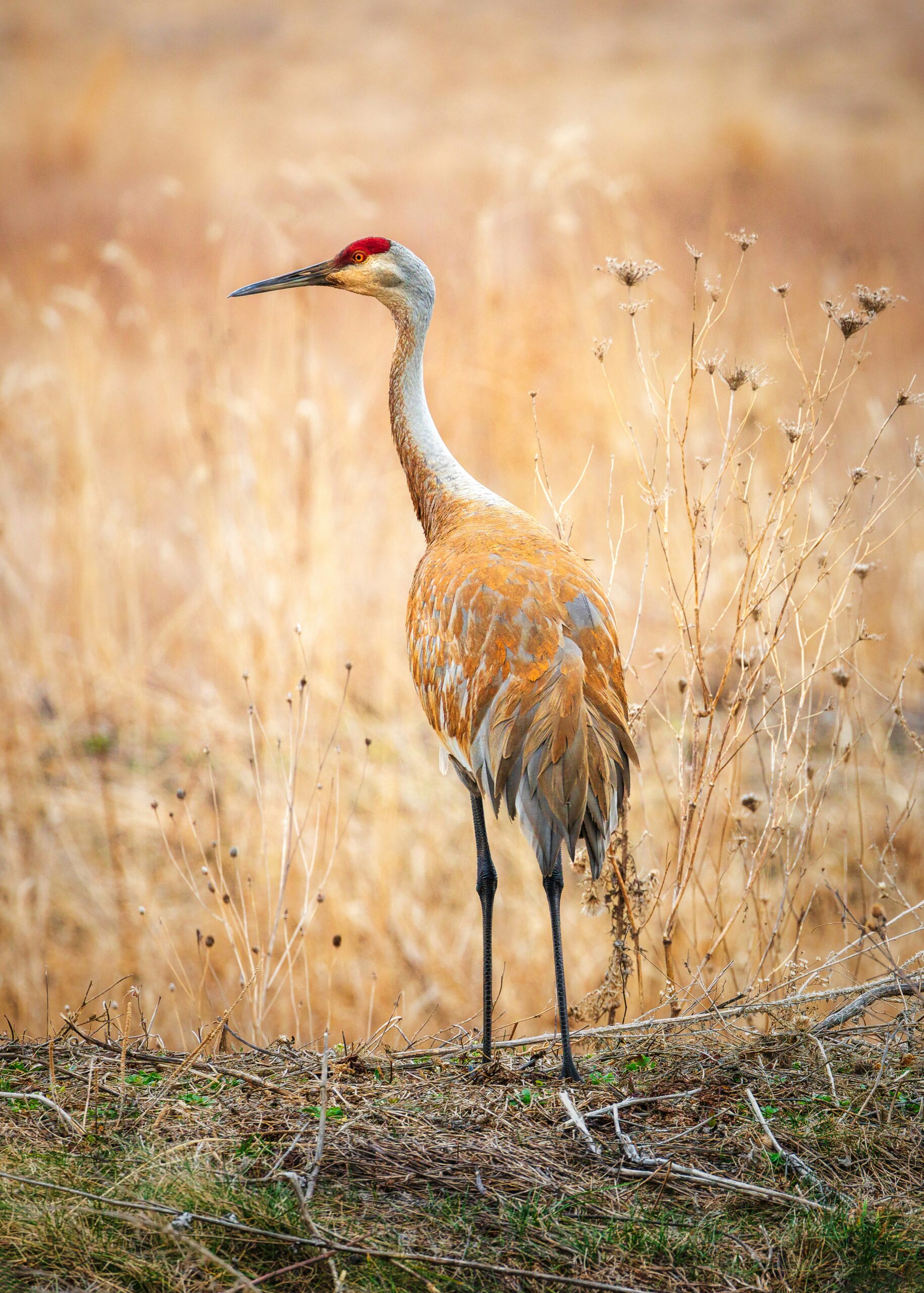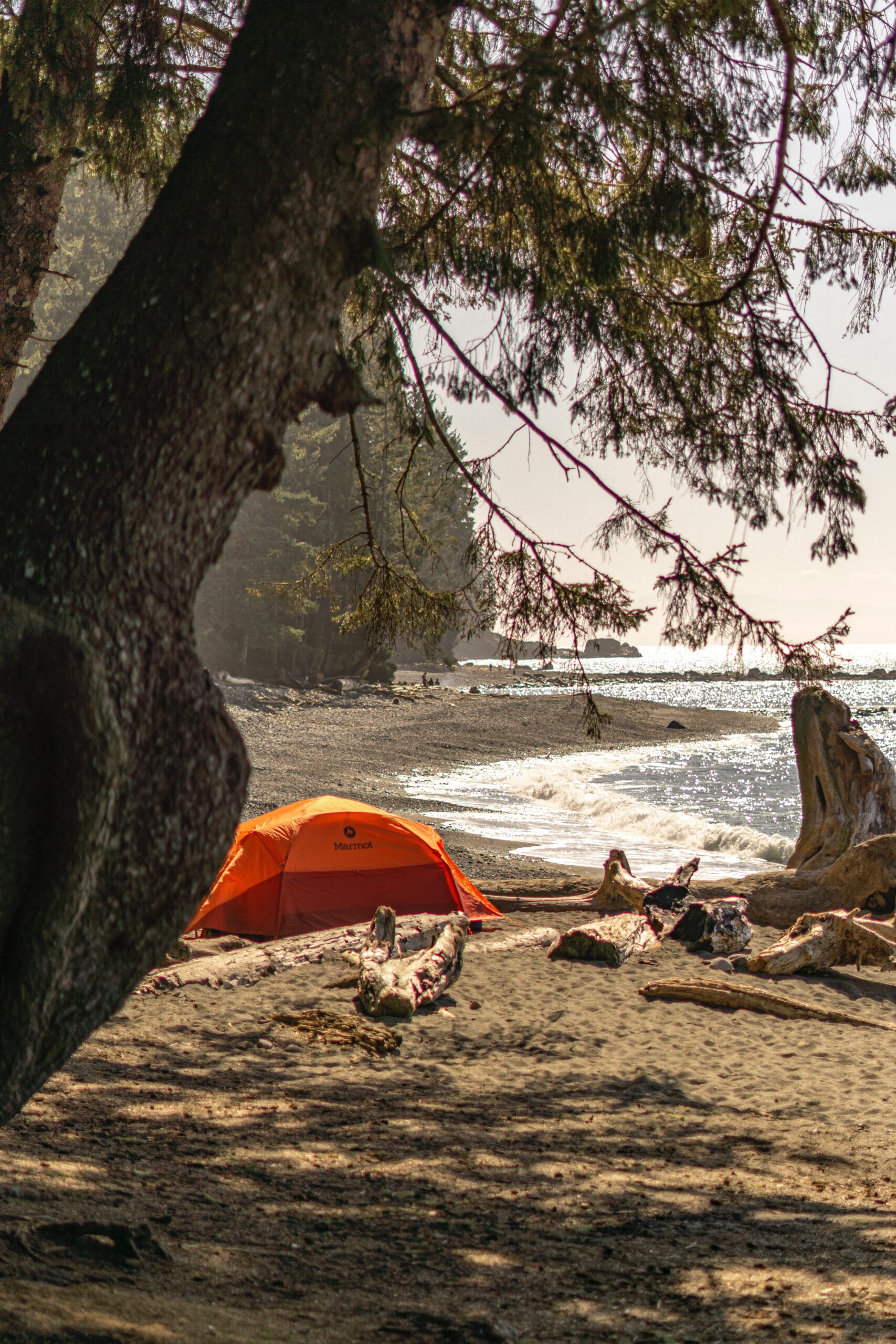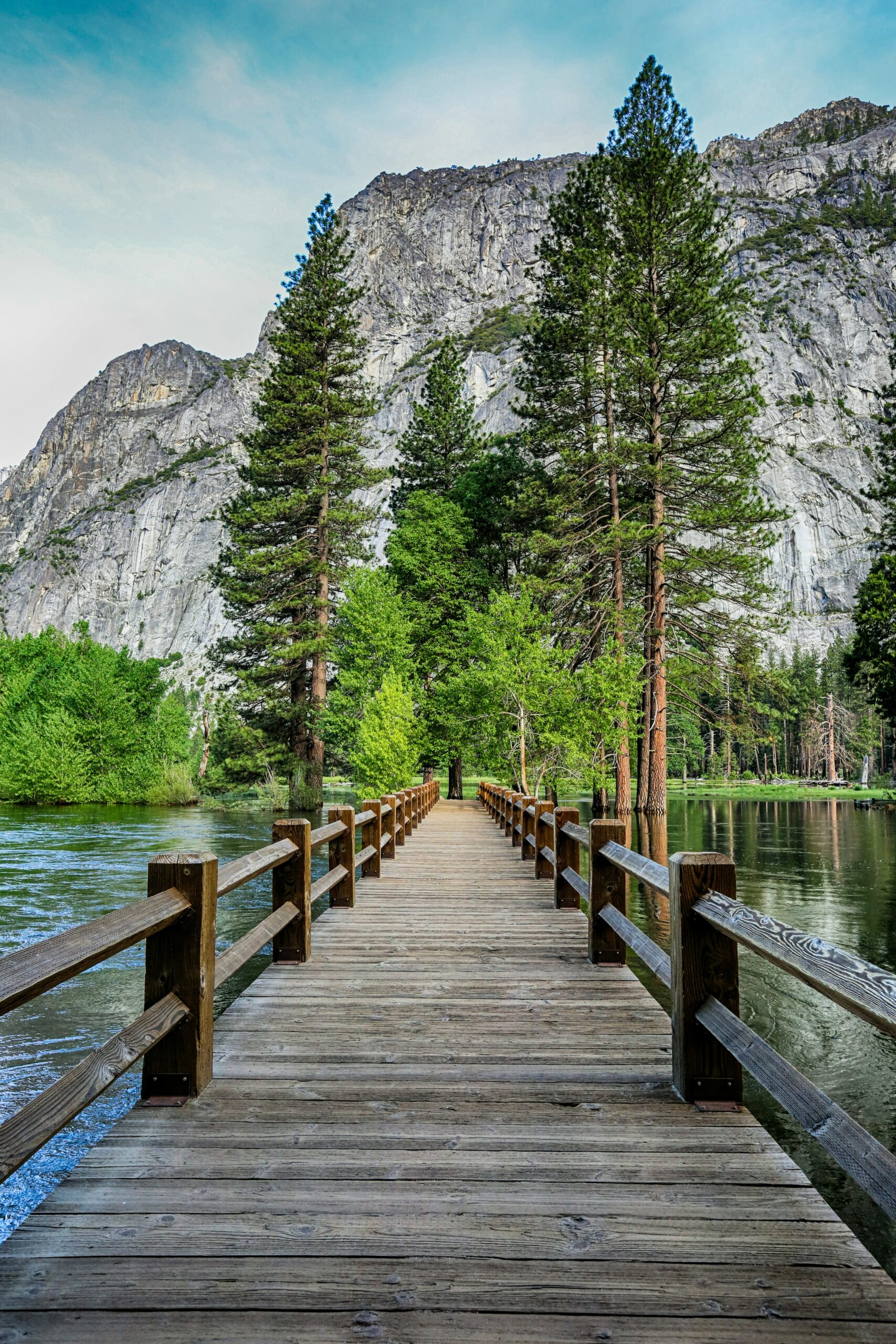Road Trip through California’s National Parks: Scenic Routes and Must-See Attractions
Embarking on a road trip through California's national parks is a journey of discovery into the diverse landscapes and natural wonders that the Golden State has to offer. From the arid desert expanses of Joshua Tree to the colossal trees of Sequoia, each park is a world unto itself. Your adventure might begin in the cacti-studded territories of the south and extend through the central majesty of Yosemite, before culminating in the misty forests of Redwood in the north.
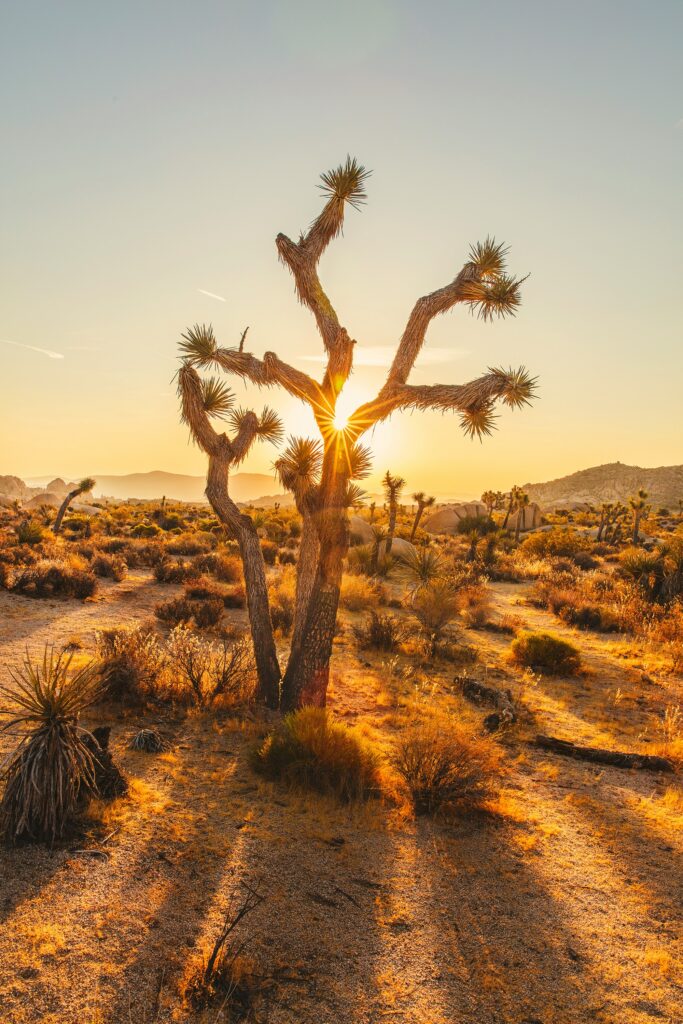
Imagine cruising along scenic routes with each turn presenting a breathtaking vista or a new terrain to explore. On this road trip, you can truly experience the vastness of California's wilderness. The trip is a haven for outdoor enthusiasts and casual explorers alike, presenting unforgettable hiking trails, starry nights, and the serenity of nature. Whether you're traveling solo, with friends, or family, the memories crafted here amidst California's awe-inspiring national parks will linger for a lifetime.
Your itinerary could be packed with activities or you might choose a more leisurely pace, absorbing each park's unique beauty. If you're seeking solitude, parks like Lassen Volcanic National Park are often less crowded, offering peaceful hikes and relaxation. Remember to plan for variable weather and to check the current road conditions, as Mother Nature can be as unpredictable as she is beautiful.
Road Trip through California’s National Parks: Scenic Routes and Must-See Attractions
Planning Your California National Parks Road Trip
Embarking on a California national parks road trip is a fantastic way to explore the diverse landscapes of the Golden State. From majestic redwoods to arid deserts, your journey will be filled with awe-inspiring sights. To make the most of your adventure, consider these vital planning tips.
Best Time to Visit
Spring and fall are generally the best times to visit California's national parks due to the milder weather and fewer crowds. For example, the sublime beauty of Yosemite National Park is especially inviting in May, when the waterfalls are at their peak. However, if you're looking to visit the high desert parks like Joshua Tree or Death Valley, aim for spring or fall to avoid the extreme summer heat.
Road Trip Itinerary Essentials
When crafting your road trip itinerary, having a detailed map is crucial. Begin in a city like Los Angeles or San Francisco to rent your vehicle and stock up supplies. The classic itinerary might include stops at nine national parks, such as the famous Joshua Tree and Yosemite National Parks. Ensure a mix of must-see highlights and hidden gems like Lassen Volcanic National Park, a less-visited locale offering tranquility even in the busy summer months.
Essential Stops:
- Joshua Tree National Park
- Sequoia and Kings Canyon National Parks
- Yosemite National Park
- Pinnacles National Park
- Lassen Volcanic National Park
- Redwood National and State Parks
- Channel Islands National Park
Each park offers unique experiences, and keeping a flexible itinerary allows for spontaneous exploration. Remember to check current road conditions and park advisories before departure and at each leg of your trip.
Choosing Your Vehicle: Car or RV?
Deciding between a car or RV depends on your personal preference and the nature of your trip. A car might offer more flexibility and easier handling on winding park roads, while an RV allows you to carry more comforts from home and can save on accommodation costs. Consider rental options near your starting point and book in advance, especially during high season.
For RV travelers, research campsite availability and book ahead, as they can fill up quickly, particularly in popular parks like Yosemite. Having a suitable vehicle enhances your road trip experience, providing the freedom to discover California's incredible national parks on your own terms.
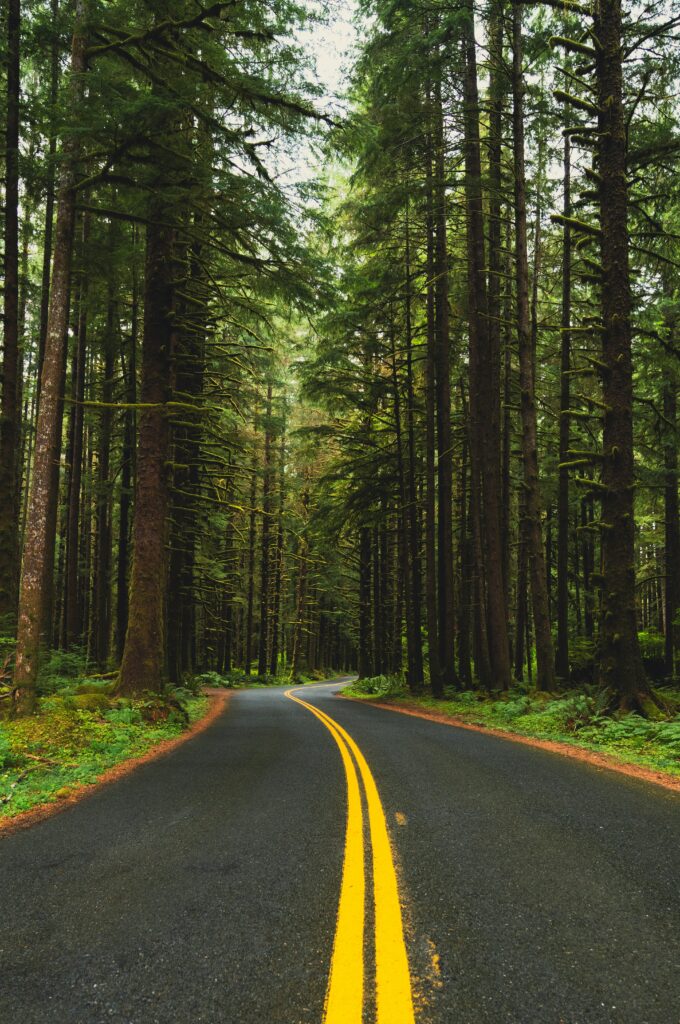
The Iconic Yosemite National Park
Yosemite National Park is a beacon for nature lovers, offering a diverse landscape that's ripe for exploration. This section will guide you through the brilliant Yosemite Valley, the heights of Half Dome and the serenity of Tuolumne Meadows, as well as give you the scoop on lodging and activities.
Discovering Yosemite Valley
Step into Yosemite Valley and you'll be surrounded by sheer granite cliffs and the tranquil sounds of nature. Yosemite Falls, one of the tallest in North America, cascades over rocky outcrops, creating a stunning backdrop for your adventure. For a memorable view, visit Tunnel View Lookout – a vantage point that offers a breathtaking panorama of the valley's landmarks.
Exploring Half Dome and Tuolumne Meadows
Half Dome beckons the intrepid with its iconic sheer face, providing a challenging yet rewarding hike. If you're prepared for a full-day trek, the Half Dome cables allow hikers to summit without rock climbing equipment, from late May to early October, weather permitting.
- Location: Tuolumne Meadows
- Activities: Hiking, Rock Climbing
In contrast, Tuolumne Meadows presents a more serene environment, perfect for leisurely walks and picnics by the river. Both high country spots are ideal for stargazing away from the valley's hustle and bustle.
Where to Stay in Yosemite
Accommodations in Yosemite cater to a range of preferences, from the rustic charm of tent cabins at Curry Village to the historical elegance of the Ahwahnee Hotel. Here's a quick breakdown:
| Accommodation Type | Location in Park |
|---|---|
| Tent Cabins | Curry Village, Tuolumne Meadows |
| Hotels | Yosemite Valley, near park entrances |
| Camping | Multiple sites throughout the park |
Booking in advance is essential, as these spots fill up quickly, especially during peak visiting seasons.
Hiking Trails and Outdoor Activities
Yosemite overflows with trails suited for all levels. For a leisurely hike, the Valley Loop Trail covers much of the valley floor, offering stunning views without the elevation gain. Those seeking an exhilarating climb might tackle the trails leading up to Half Dome or along the Mist Trail to reach Vernal and Nevada Falls. Camping, rock climbing, and winter sports round out the offerings for your ultimate outdoor itinerary.
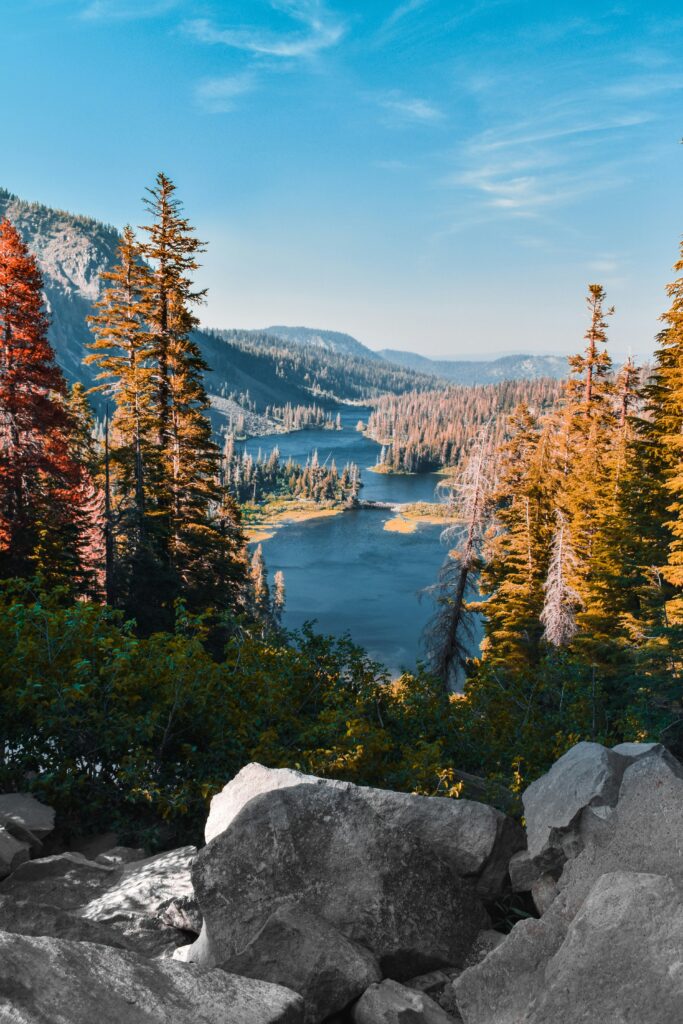
The Giants of Sequoia and Kings Canyon
Exploring Sequoia and Kings Canyon National Parks is an encounter with nature at its most majestic. You will walk among the world’s largest trees and hike through rugged canyons carved by ancient rivers. Comfortable lodging options are available to immerse yourself fully in these serene, towering landscapes.
Giant Forest and General Sherman Tree
The Giant Forest in Sequoia National Park is home to the General Sherman Tree, the world's largest living tree by volume. As you stand before this colossal sequoia, feel humbled by its estimated 2,200 years of existence. Paths around the tree make it easily accessible, allowing you to appreciate its grand scale from various angles.
Hiking in Kings Canyon
In Kings Canyon National Park, hiking options abound, from leisurely walks to strenuous treks. The park's centerpiece, Kings Canyon, is deeper than the Grand Canyon and offers breathtaking vistas. Trails like the Zumwalt Meadow loop give you a taste of the canyon's beauty without requiring a full day's hike.
Lodging in Sequoia and Kings Canyon National Parks
After a day of exploration, rest comfortably in a variety of lodging options. You can choose between staying in a cozy cabin within the parks, a lodge with all the comforts of home, or even camping under the stars. Grant Grove Village offers lodging close to the General Grant Tree, another giant sequoia that rivals the General Sherman in size.
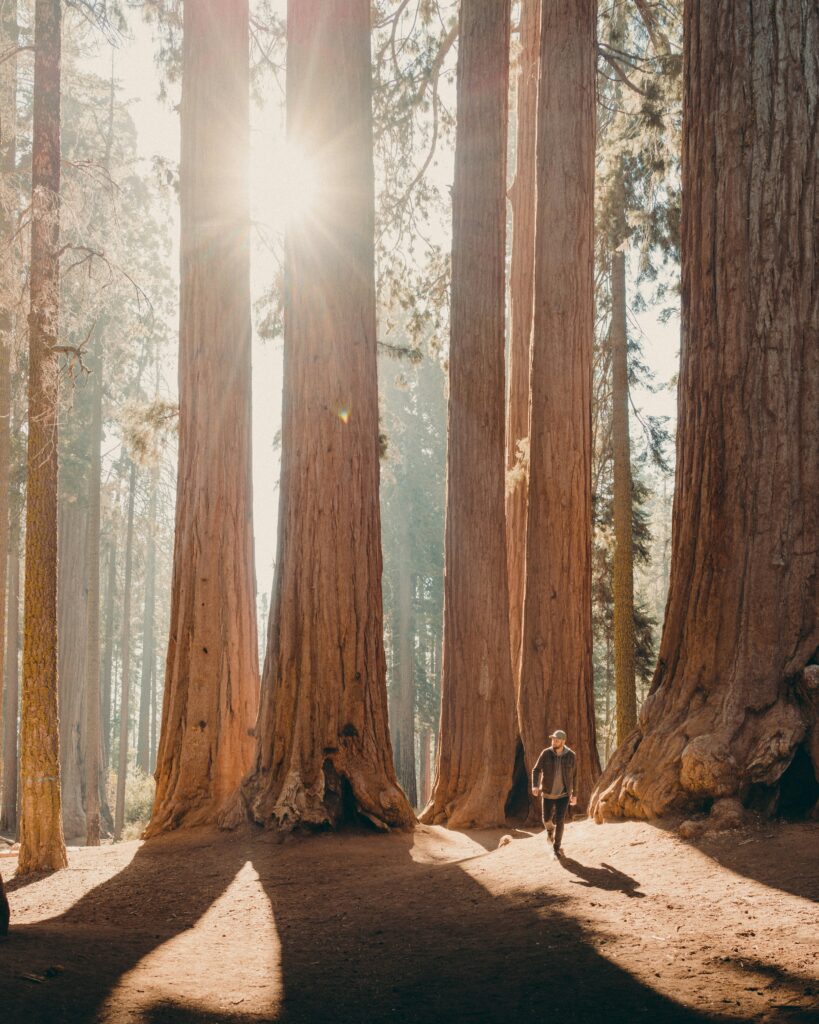
Death Valley's Extreme Landscapes
Death Valley National Park offers some of America's most dramatic and inhospitable landscapes. Your journey through this extreme terrain will showcase the stark beauty of Badwater Basin and the adventure that awaits in the undulating Mesquite Flat Sand Dunes.
Badwater Basin's Salt Flats
At 282 feet below sea level, Badwater Basin is a breathtaking wonder. This vast salt flat is not only the lowest point in North America but also a testament to Death Valley's unique environment. Walking across the crunchy salt hexagons, you'll be surrounded by a sea of white that stretches as far as the eye can see.
Hiking Mesquite Flat Sand Dunes
For an awe-inspiring hike, the Mesquite Flat Sand Dunes are calling your name. The dunes rise gracefully from the floor of the Furnace Creek area, offering you a sandy playground for exploration. Early morning or late afternoon are the best times to visit; the soft light casts mesmerizing shadows that ripple across the dunes, providing a photographer's paradise and cooler temperatures for your hike.
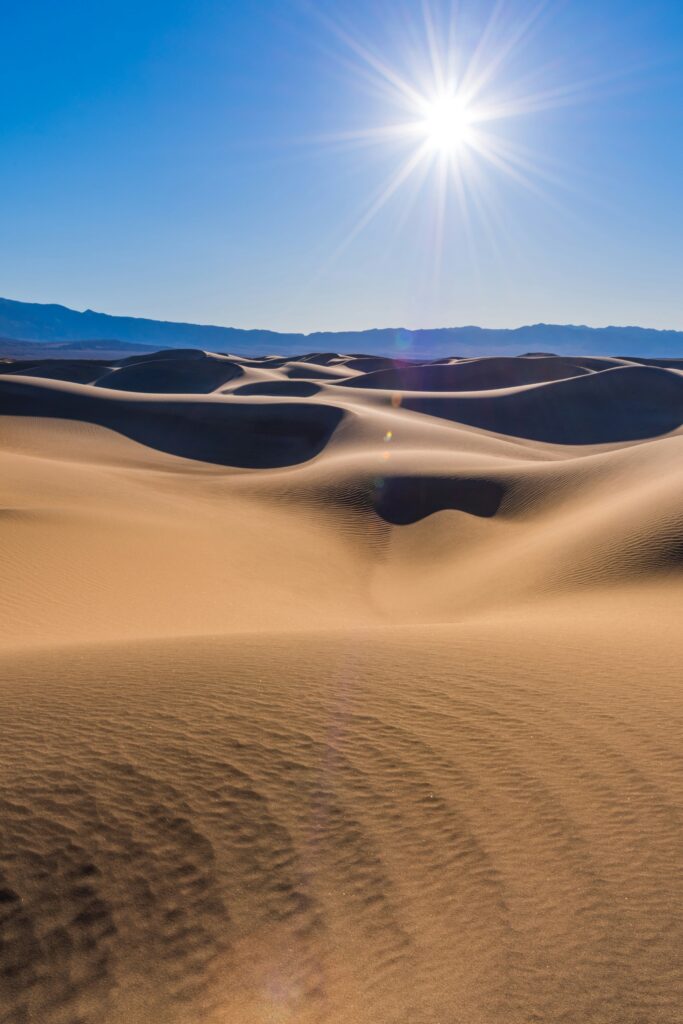
Joshua Tree: Where Two Deserts Meet
Joshua Tree National Park is a stunning cornerstone of California's national parks, famed for where the Mojave and Colorado Deserts converge. This unique landscape teems with fascinating opportunities like rock climbing, animal spotting, and star-filled skies perfect for your adventure.
Unique Nature and Wildlife
When you visit Joshua Tree National Park, you're stepping into a world where two distinct ecosystems unite. You'll marvel at the Joshua trees, the park's namesake, standing against the sky. Keep an eye out for the (roadrunners) and (bighorn sheep), which are just some of the park's diverse inhabitants adapted to thrive in this harsh environment.
Rock Climbing and Stargazing
Get ready for some rock climbing; with more than 8,000 climbing routes and 2,000 boulder problems, Joshua Tree is a climber's playground. As the sun sets and the stars appear, you're in for a treat. The clear desert skies offer some of the best stargazing experiences; it's truly an otherworldly experience to gaze upon galaxies from these peaceful surroundings.
Joshua Tree Camping Spots
For the ultimate Joshua Tree experience, consider spending the night at one of the park's many camping spots. Set up your tent at the Hidden Valley Campground to be close to popular rock climbing sites or Jumbo Rocks Campground for a surreal setting among giant boulders. Remember to book ahead, as these sites are coveted for their beauty and proximity to all the things to do in Joshua Tree.
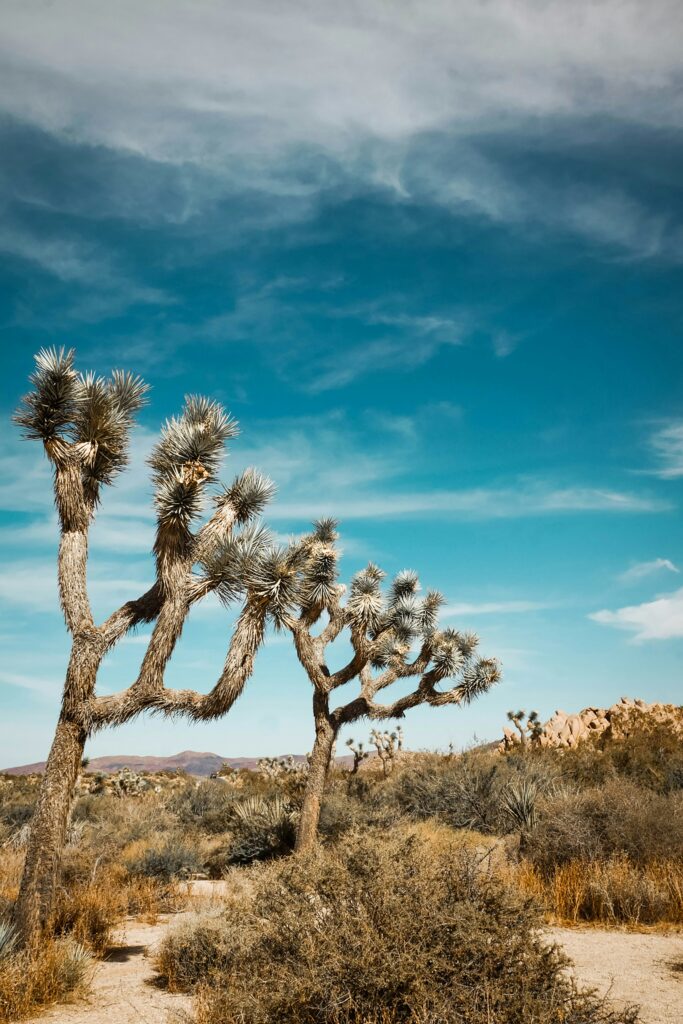
California's Coastal Gems: Channel Islands
Embark on a remarkable journey to Channel Islands National Park, where untouched nature meets thrilling adventure. Just a short ferry ride from California’s mainland, the Channel Islands offer you unparalleled opportunities to explore sea caves, indulge in snorkeling, and encounter diverse wildlife.
Sea Cave Adventures and Snorkeling
Channel Islands National Park is your gateway to a hidden world of sea cave exploration and underwater marvels. Here, you can venture into the captivating Painted Cave, one of the largest and deepest sea caves in the world. Nestled on Santa Cruz Island, it beckons you with its entrancing beauty. Don't miss out on the chance to glide your kayak through the serene waters and witness the cave's natural wonder.
Moreover, the clear waters surrounding the islands provide perfect conditions for snorkeling. You'll be mesmerized by the vibrant marine life below the waves, where lush kelp forests and colorful fish await your discovery.
Channel Islands Wildlife Watching
The islands are not just a haven for marine life; they are also home to the magnificent California condor, a species that has made a heroic comeback from the brink of extinction. These grand birds with imposing wingspans soar high above, offering you a glimpse into their majestic world.
As you traverse the islands, keep your eyes peeled – the Channel Islands are a sanctuary for a variety of wildlife. From the playful island fox to the barking sea lions, every encounter is a precious reminder of the area's ecological diversity. Your wildlife watching adventure here reconnects you with nature's inherent beauty, making it a memory that will last a lifetime.
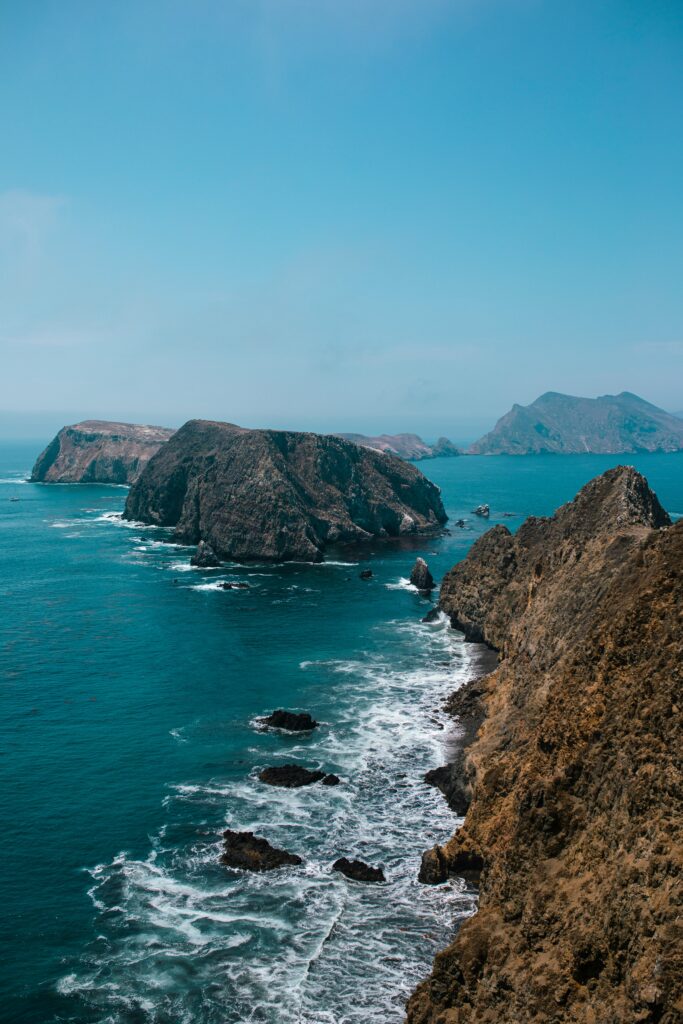
The Diverse Ecosystem of Redwood National Park
Redwood National Park offers you a chance to immerse yourself in a landscape that is both ancient and dynamic. As you prepare to explore, envision the towering redwoods that have graced this terrain for millennia, creating a biodiverse sanctuary for countless species.
Tall Trees Grove
At the heart of Redwood National Park, Tall Trees Grove provides a quiet retreat where you can marvel at some of the world's tallest trees. The grove is home to the famous Redwood species, known as Sequoia sempervirens. Reaching skyward, these towering titans create a unique microenvironment. To witness these majestic trees, you can embark on the Tall Trees Trail, a hike that manifests the grandeur of the park. Here, each step brings you closer to understanding the intricate and interdependent systems that thrive within the redwood canopy and forest floor.
Coastal Trails
Venture closer to the Pacific and discover the Coastal Trails of Redwood National and State Parks. Along these trails, the fresh scent of the ocean intermingles with the earthy aroma of the redwoods. These paths are not only a hiker's paradise but also a corridor for the diverse wildlife that resides within this coastal zone. You may spot Roosevelt elk grazing, and hear the distinctive calls of the Steller's jay or the marbled murrelet, a seabird that nests high in the old-growth trees. The melding of marine and terrestrial ecosystems along these trails offers a glimpse into the complex interplay between land and sea.
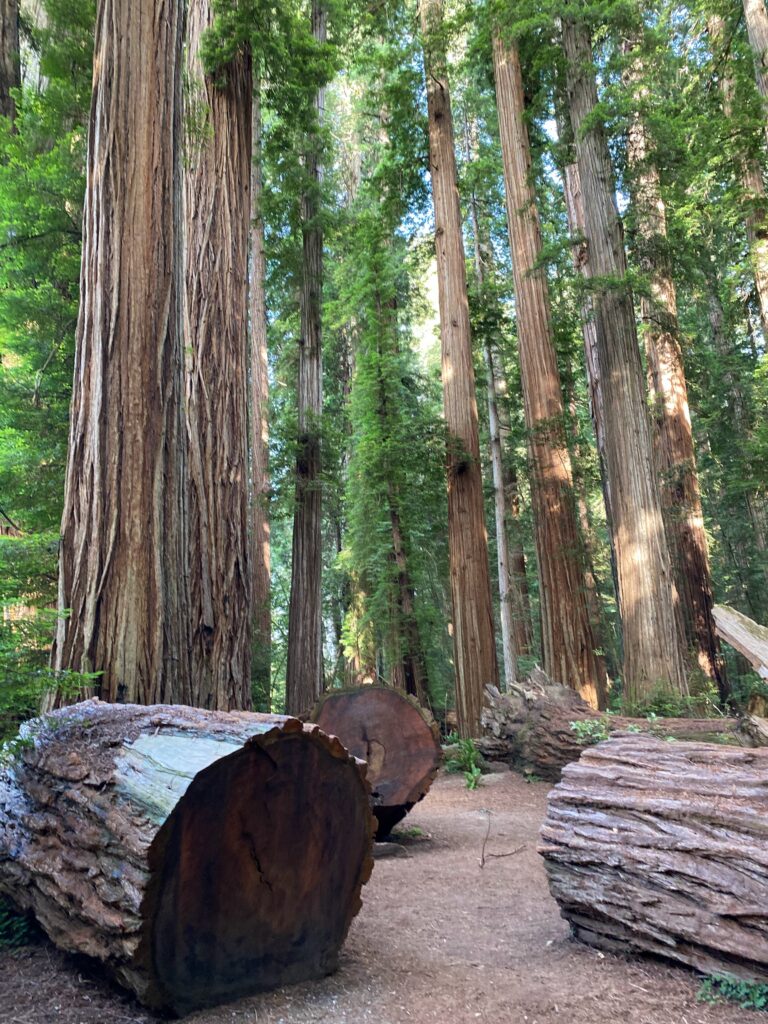
Exploring Lassen Volcanic National Park
Lassen Volcanic National Park is a stunning canvas of bubbling mud pots and crystal-clear lakes. You'll find a unique blend of serene trails and the roar of geothermal activity underfoot.
Geothermal Features and Hiking Trails
When you visit Lassen Volcanic National Park, you're stepping into a landscape sculpted by fire and ice. The park showcases a variety of geothermal features such as fumaroles, hot springs, and mud pots, each giving you a firsthand look at the Earth's geological power.
To immerse yourself in these thermal wonders, the Bumpass Hell Trail is a must-do. It's a moderate 3-mile round-trip hike that leads you to the largest hydrothermal area in the park. Here you can experience the hiss of steam vents and the kaleidoscope of minerals coloring the boiling springs.
For a mix of geothermal sightseeing and classic hiking, consider the Kings Creek Falls Trail. This path offers views of roaring waterfalls and lush meadows, making it one of the park's most photogenic spots.
If you’re after a real challenge, setting out for the summit of Lassen Peak could be your adventure. The Lassen Peak trail is open from July to October, and it’s a strenuous 5-mile round trip, but the panoramic views atop the largest plug dome volcano in the world are truly rewarding.
While on the trails, keep an eye out for the diverse wildlife and take a moment to enjoy the sights and sounds of nature—a true highlight of hiking in Lassen Volcanic.
Camping is another fantastic way to experience the park. With several campgrounds to choose from, you can fall asleep under a canopy of stars and wake up to crisp mountain air. Make sure to secure a campsite reservation in advance to ensure your spot amidst the pines.
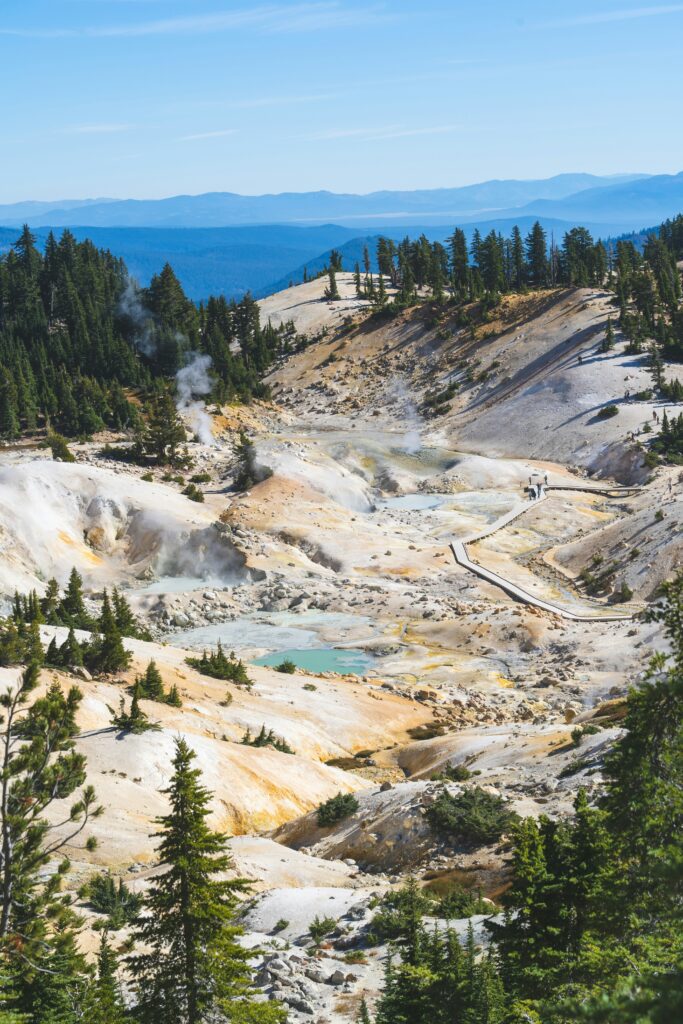
Pinnacles National Park: A Hidden Treasure
Pinnacles National Park is an extraordinary landscape, shaped by ancient volcanic activity. It’s your perfect getaway for adventure amid its rock spires and home to the captivating California condor.
Rock Formations and Condor Spotting
As you embark on your hikes within Pinnacles, you’re met with the breathtaking rock formations that dominate the park’s skyline. These towering structures are not just a climber's paradise but are also a sanctuary for condors. Keep your eyes peeled as you explore the high peaks and you might just spot a California condor gracefully soaring overhead, a true testament to conservation efforts.
At Pinnacles National Park, the trails often lead you through a variety of terrains, including the rare talus caves and enchanting oak woodlands. Remember to pack your water and wear sturdy shoes, as the paths can take you on an exciting, rugged journey through this hidden treasure of California.
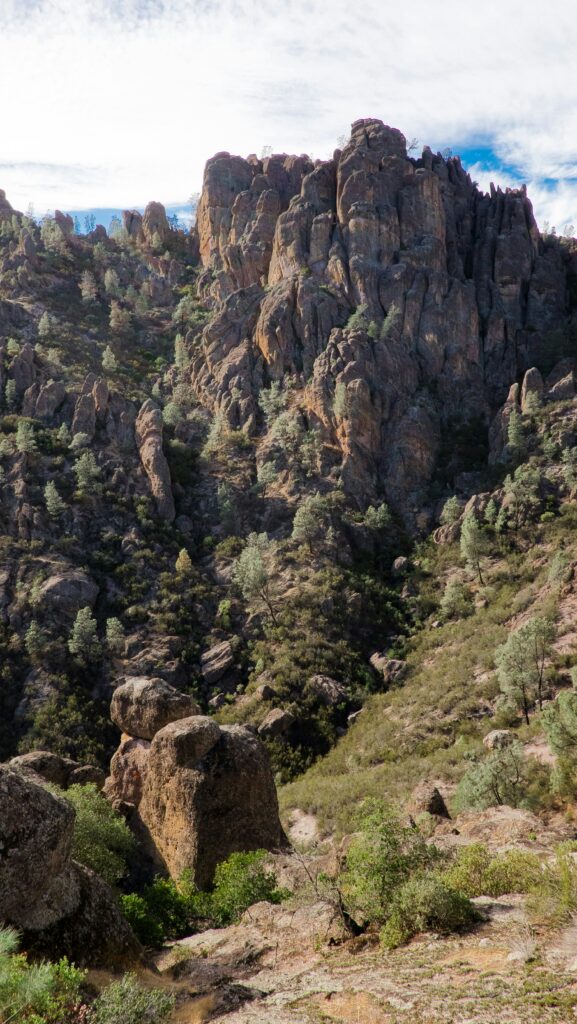
Accommodations and Amenities
When planning your epic road trip through California’s National Parks, finding the right places to stay can significantly enhance your experience. Whether you prefer the comfort of a lodge or the adventure of tent camping, there are a variety of amenities to fit your needs.
Lodges and Cabins
In many of California’s National Parks, you'll find cozy lodges and cabins that offer a comfortable place to rest after a day of exploration. For instance, Yosemite National Park features the historic Ahwahnee Hotel with its stunning architecture and views. Before booking, check for amenities such as on-site dining and proximity to park attractions.
- Yosemite National Park: The Ahwahnee, Curry Village
- Sequoia & Kings Canyon National Parks: Wuksachi Lodge, John Muir Lodge
In Redwood National Park, locations like the historic Requa Inn offer a blend of comfort and history, enriching your national park experience.
Tent Camping Essentials
If you're drawn to tent camping under the stars, it’s essential to be prepared with the right gear and knowledge. Campsites often provide communal amenities, such as fire rings, picnic tables, and nearby restrooms.
- Pack List: Tent, sleeping bag, camping stove, food storage containers
- Must-know: Always store food properly to avoid attracting wildlife.
Sites like Yosemite’s campgrounds may require reservations well in advance, especially during peak seasons. Be sure to check the specific park's requirements and advice on securing a campsite. Additionally, be aware of any potential road conditions or park advisories that might affect your plans.
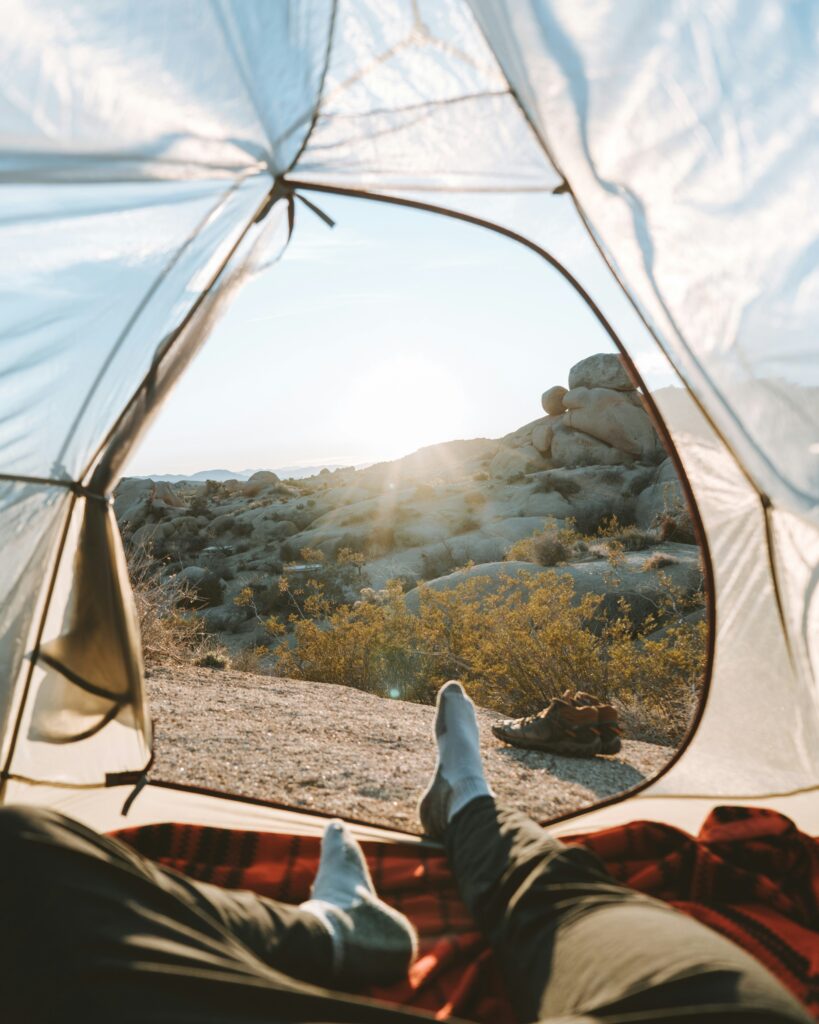
Activities Beyond Hiking
When you embark on a road trip through California's National Parks, you'll find an array of activities to enrich your experience beyond the well-trodden hiking trails. Whether you're paddling through serene waters or capturing the perfect wildlife shot, adventure awaits.
Water Sports and Recreation
Kayaking: Paddle your worries away in the calm waters of Channel Islands National Park. Navigating through kelp forests and scenic coastlines, you might spot playful sea otters or seals.
- Where to try: Scorpion Anchorage offers a sheltered spot ideal for beginners.
- Rental options: Kayaks can be rented from outfitters near the park.
Rock Climbing: Test your strength and agility on the iconic granite cliffs of Yosemite National Park. Climbers from around the world flock here for its challenging and awe-inspiring routes.
- Famous spots: El Capitan and Half Dome are must-visits for avid climbers.
- Guided climbs available: Beginners can book guided climbs with experienced local guides.
Nature and Wildlife Photography
Capture the essence of California's diverse ecosystems through your lens. Each park offers a unique backdrop for photographers.
- Sequoia National Park: Home to the world-renowned giant sequoias.
- Redwood National and State Parks: Find the tallest trees on earth and lush fern-covered valleys for stunning greenery shots. The park's Avenue of Giants provides a picturesque drive-through experience.
Wildlife Viewing:
- Yosemite: Look out for the elusive black bears, mule deer, or a golden eagle soaring high.
- Lassen Volcanic National Park: This less crowded park increases your chances of spotting wildlife in its natural habitat.
Remember to respect nature and keep a safe distance from wildlife for both your protection and the well-being of the animals. Happy exploring!
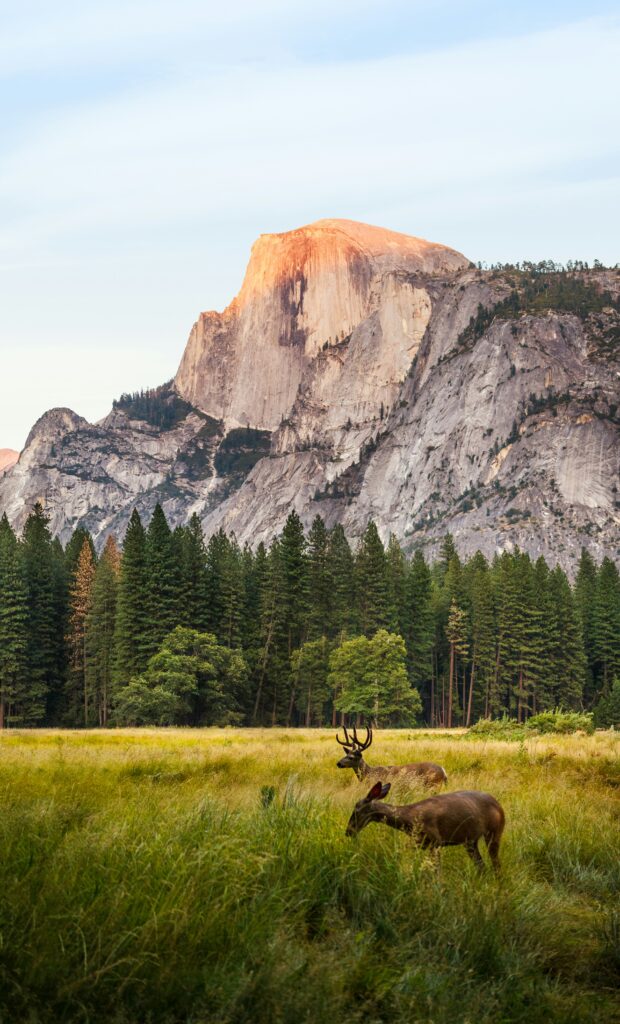
Frequently Asked Questions
Embarking on a road trip through California's National Parks is an adventure of a lifetime. Here are some critical questions and answers to help you plan your trip effectively.
What is the ideal route for a road trip through California's National Parks?
The ideal route for your journey will depend on personal preferences and starting location. However, commonly, travelers start from Southern California, visiting Joshua Tree National Park, then moving northward through parks like Sequoia, Kings Canyon, and Yosemite National Parks.
How many days are recommended for a road trip encompassing all of California's National Parks?
To comfortably visit all of the national parks California has to offer, a 17-day itinerary is recommended. This accounts for travel time and exploration.
What are some must-see stops when driving through California's National Parks?
Must-see stops include the geothermal features of Lassen Volcanic National Park, the towering trees in Redwood National and State Parks, and the iconic Yosemite Valley in Yosemite National Park.
Can you suggest a California National Parks road trip itinerary starting from Los Angeles?
Starting from Los Angeles, visit Joshua Tree National Park, then head north to parks like Sequoia and Kings Canyon, before venturing into the dramatic landscapes of Yosemite and further north.
What are some budget-friendly tips for a California National Parks road trip?
To save money, consider camping instead of staying in hotels, pack your food for picnics, and travel during off-peak seasons.
Are there any recommended road trip itineraries for California's National Parks starting from San Francisco?
Starting from San Francisco, you can drive to Yosemite National Park in approximately 3.5 hours. From there, you can plan a loop to visit other key national parks, potentially excluding Redwood National & State Parks if you visit Muir Woods beforehand.

